Let Us Learn How Anypoint MQ Circuit Breaker Works
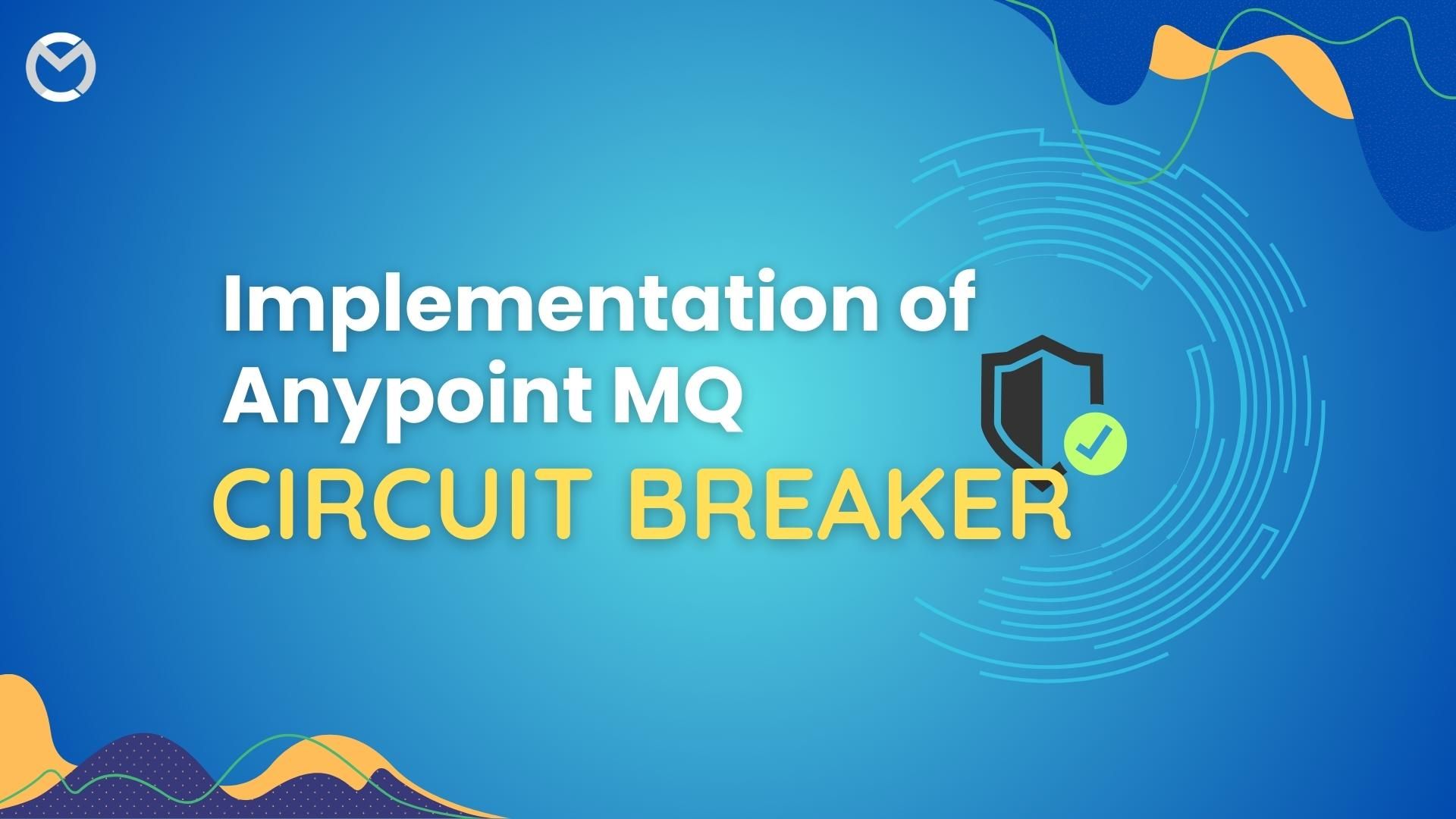
The circuit breaker pattern is inspired by the electrical circuit breaker, which is designed to prevent overloads and electrical fires by interrupting the flow of electricity when a fault is detected.
Similarly, in software integration, a circuit breaker monitors the calls to an external service or system. If a certain number of failures occur within a specified period, the circuit breaker "trips" and stops further calls to the failing service, returning a predefined fallback response instead. This helps prevent overloading the failing system and allows for graceful degradation of the application's performance.
MuleSoft's implementation of the circuit breaker pattern helps to improve the reliability and robustness of integrations by effectively handling failures and reducing the impact of potential issues in the integrated systems.
The Circuit Breaker operates through three distinct states, each impacting the behavior of the application in specific ways:
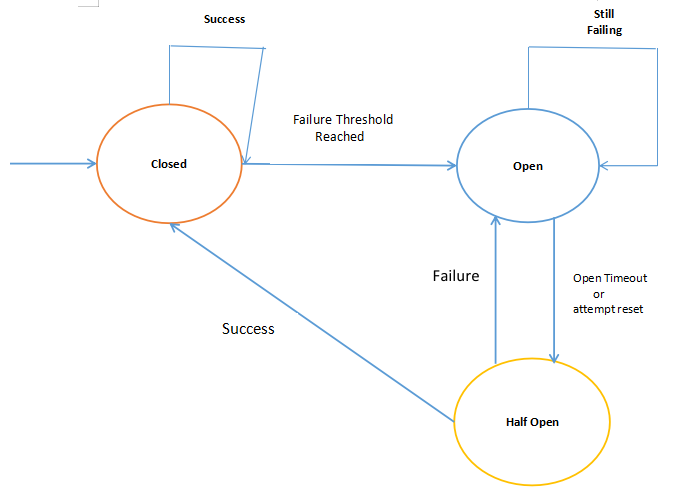
Closed State:
Normal Operation: In this state, the application operates under normal conditions, allowing requests to flow through to the external service.
Monitoring: The Circuit Breaker monitors the number of failures or errors that occur during this phase.
Failure Threshold: If the number of failures exceeds a defined threshold within a specified time frame, the Circuit Breaker transitions to the "Open" state.
Open State:
Preventive Mode: When in this state, the Circuit Breaker restricts requests from reaching the failing external service.
Fallback Mechanism: Instead of allowing requests to propagate, the Circuit Breaker triggers a predefined fallback mechanism, such as returning a cached response or redirecting to an alternative service.
Recovery Timer: After a designated recovery period, the Circuit Breaker transitions to the "Half-Open" state to test the service's availability.
Half-Open State:
Recovery Assessment: In this state, the Circuit Breaker allows a limited number of test requests to the external service to evaluate its health and responsiveness.,
Outcome Determines Transition: Depending on the success or failure of the test requests, the Circuit Breaker may transition back to the "Closed" state if successful (indicating service recovery) or to the "Open" state if unsuccessful (indicating continued service issues).
Circuit Breaker Configuration Properties:
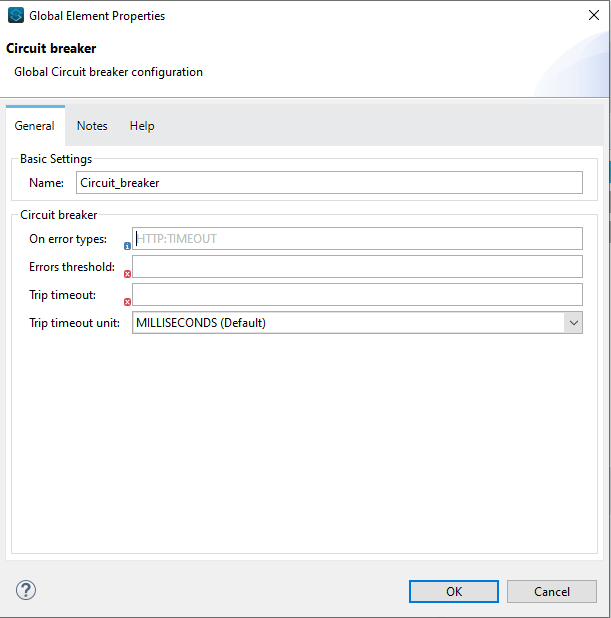
On error type:
Configures error identifiers to which the Circuit Breaker should respond. We can also configure custom errors.
For Example:
HTTP: CONNECTIVITY
HTTP: TIMEOUT
APP: CUSTOM ERROR
Error Threshold:
Defines the threshold for errors after which the Circuit Breaker transitions to the "Open" state.
Trip Time Out:
Specifies the recovery time after which the Circuit Breaker transitions to the "Half-Open" state.
Trip Time Outunit:
Determines the unit of time for the tripTimeOut property (e.g., minutes, seconds, hours).
Circuit Breaker Operation:
Wraps a protected function call, monitoring for failures and taking appropriate actions when errors reach the configured threshold.
Illustration of Anypoint MQ Circuit Breaker:
In this example, we'll illustrate a sample integration flow using Anypoint MQ as the source through a subscriber, forwarding data to an external system via an HTTP request. We'll configure a global circuit breaker in the Anypoint MQ subscriber to manage potential failures efficiently.
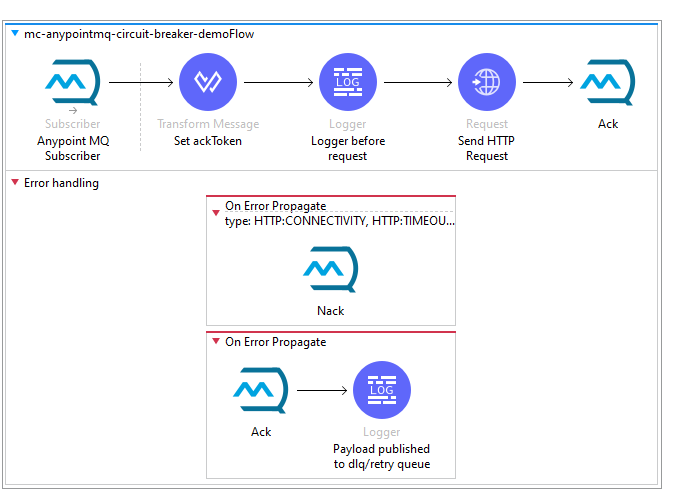
The Anypoint MQ subscriber is designed to handle standard queues, where message order isn't critical. Even FIFO (First In, First Out) queues can be accommodated with appropriate circuit breaker configurations, based on specific needs.
In a test scenario where the external system endpoint is unresponsive, returning a connectivity or timeout error, the payload triggers a negative acknowledgment (NACK) in Anypoint MQ. This NACK halts the queue and retries the message, safeguarding data integrity.
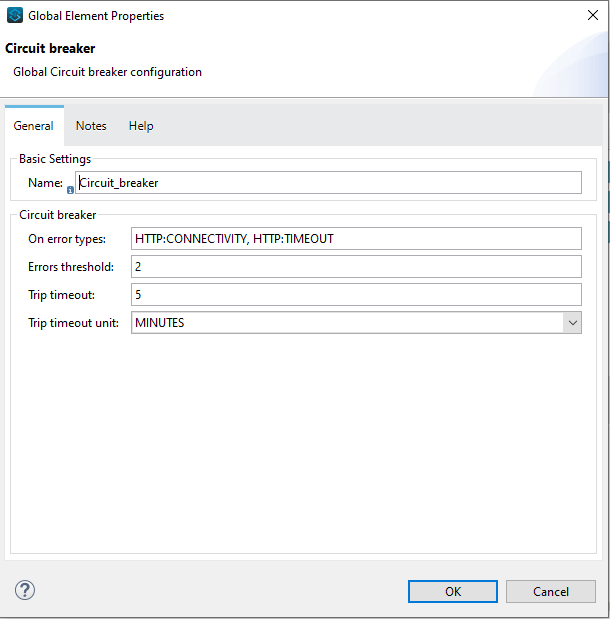
We've set a threshold of 2 retries in the circuit breaker configuration. If the external system remains unresponsive, exceeding the defined retry threshold, the circuit breaker moves to an "open" state, ensuring no data loss.
Following the configured trip timeout, the circuit breaker transitions to a "half-open" state and retries the request. If the external system is now operational, the request is successfully processed, allowing the circuit breaker to reset. However, if the system remains unresponsive, the circuit breaker remains in a "half-open" state until the next wait period.

In another scenario where we require a retry or fallback mechanism at the process API level, the circuit breaker can effectively capture retriable errors based on responses from system APIs. This helps prevent data loss and ensures seamless
